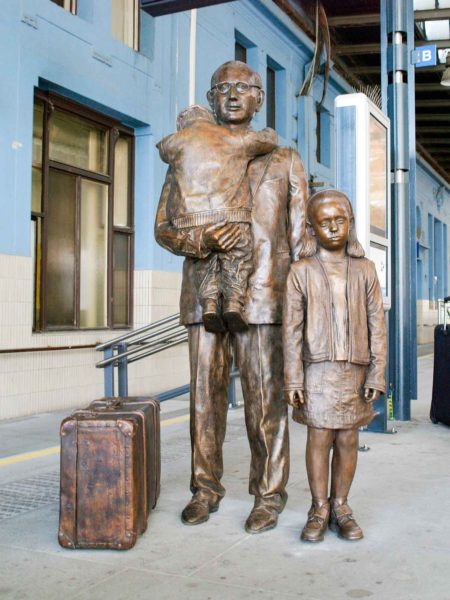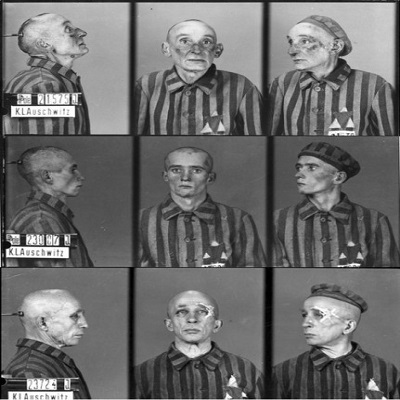Today’s blog is a redo of the one I wrote more than five years ago (same title). It was back in the days when I limited my blogs to six hundred words and very few images. The topic was very popular, and I received many friendly comments. So, I decided to “reprint” it albeit in an expanded version with more images. The story is very uplifting, and I hope you enjoy reading it.
I wrote the original blog shortly after reading a BBC article about the death of Sir Nicholas Winton. It was one of the few positive stories surrounded by the horrors of Hitler and the Third Reich. As you will see, the children that Winton and others saved were a mere fraction of those murdered by the Nazis during the twelve years of the Third Reich.
Make sure you read the section “Someone is Commenting on Our Blogs.”



